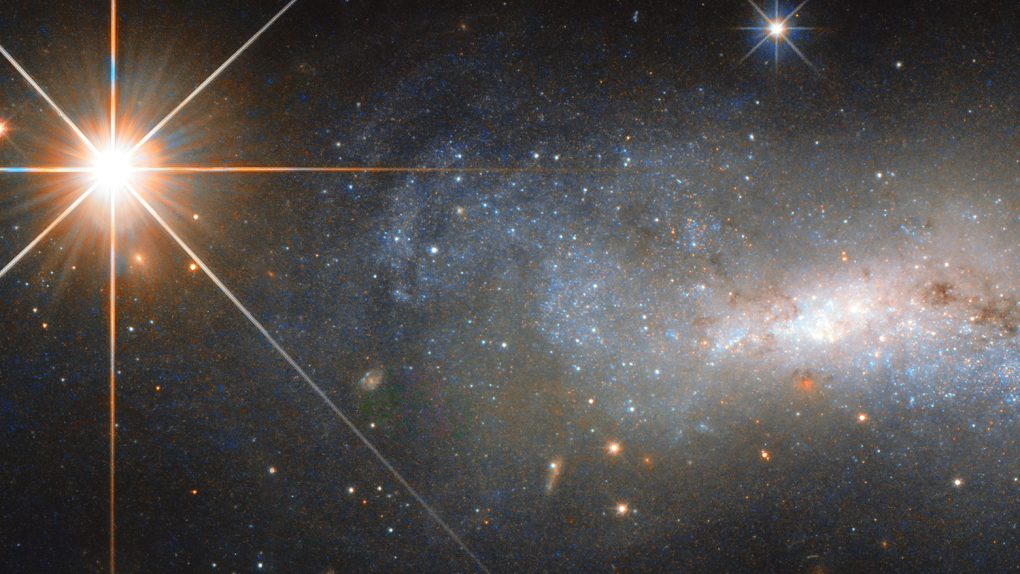Fast Radio Bursts, or FRBs for short, are something of an anomaly for astronomers. We’ve been able to detect these powerful blasts of radio energy from distant locations in space, but nobody really knows for sure what causes them. FRBs are often one-hit wonders, appearing in an instant and then never are heard from again.
One FRB in particular, labeled FRB 121102, is famous for repeatedly showing up, and researchers have been studying it for some time. Now, a new repeating FRB has appeared on scientists’ radars, and it’s coming from a source that’s not all that far away from our own galaxy.
The new repeating FRB is known as 180916.J0158+65. It’s been traced to a galaxy that sits roughly half a billion light-years from Earth. That certainly sounds like a huge distance, but it’s actually only a fraction of the distance that other FRBs have been traced to, which makes it potentially exciting from a research perspective.
Its discovery is the subject of a new paper published in Nature.
“The FRB is among the closest yet seen, and we even speculated that it could be a more conventional object in the outskirts of our own galaxy,” Mohit Bhardwaj, co-author of the work, said in a statement. “However, the observation proved that it’s in a relatively nearby galaxy, making it still a puzzling FRB but close enough to now study using many other telescopes.”
Actually determining what is responsible for FRBs in the first place is a tall order. There are a number of theories on the table, including energy being flung into space as black holes tear apart large objects. Yes, even the idea that “aliens” are trying to hail intelligent civilizations from across the cosmos has been proposed, but for now, we’ll have to wait, listen for more, and dream of what is actually behind the incredible blasts of energy.








